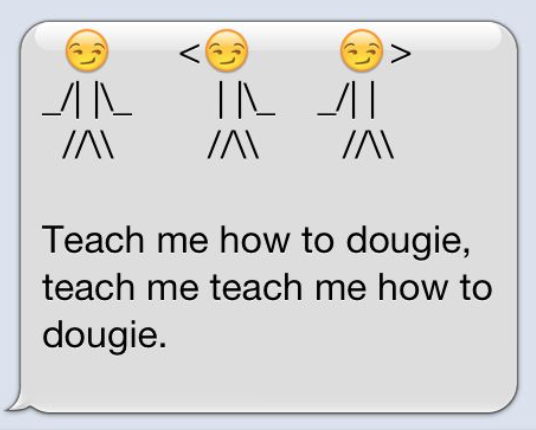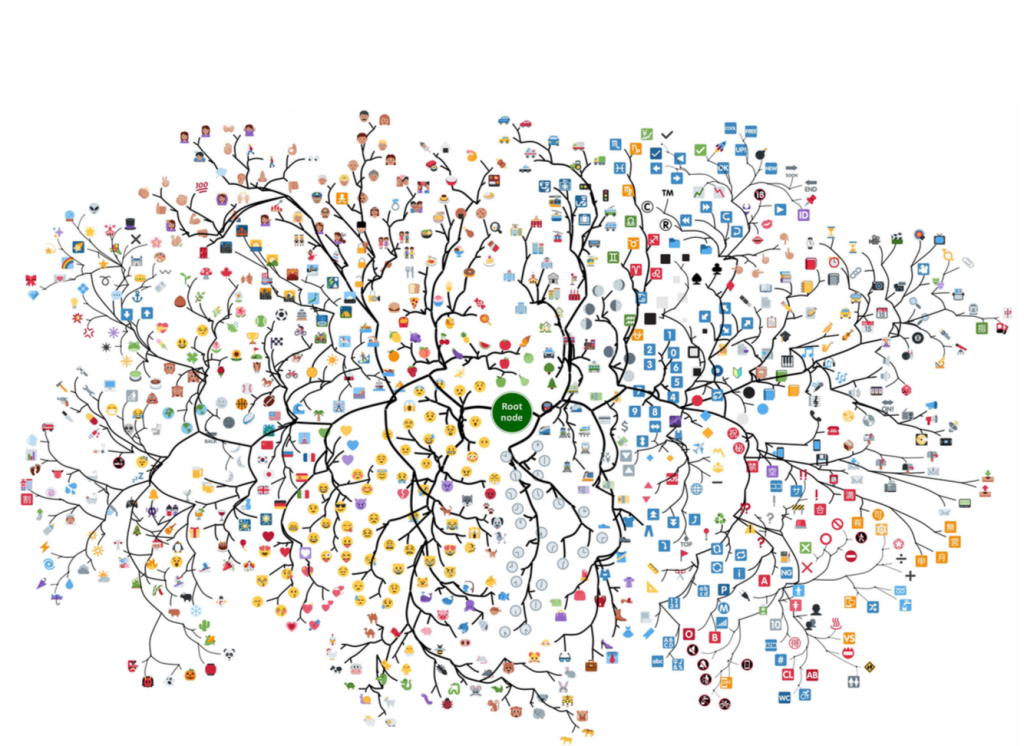Emoji
We know emoji. They’re the little digital stickers we add to a text to add emphasis, emotion and even confusion. They’re useful for quick responses. Little, pre-packaged, digital stickers are perfect for our byte-sized communications.
But do we know about emoji? They have a rich and rather long history and are maintained within an international system. Emoji help us communicate, but not in the same way as words. Emoji are becoming preferred over text on many platforms and are constantly evolving. There is a lot more than meets the with these little symbols.
Did you know?
- The New York Times printed the first emoticon in 1862. 🙂
- Emoji is Japanese for: “e” (picture) and “moji” (write/character).
- Moby Dick was translated into emoji.
- Chevrolet launched the Cruze with an emoji press release.
- World Emoji Day falls on a Friday in 2020. (Guess why?)
These are just a few tidbits about emoji. Want more? There’s no way for me to tell the story of emoticons and emoji as well as this wonderful Illustrated History of Emoji.
Words not needed
Scholars from many fields study emoji; the way we use them, how we respond to them and the ways emoji are transforming communication. Because there isn’t anything approaching a theory of emoji, let’s skim over some interesting nuggets.
An emoji isn’t exactly a word. It’s what internet linguist Gretchen McCulloch calls a “gesture.”
“Looking for a grand unified theory of emoji had been dooming me to failure because emoji don’t have one function, they have a range of them. But crucially, it’s the same range that gestures have, and that’s why emoji caught on so quickly and so completely: because they gave us an easy way to representing the functions behind the gestures that are so important for our informal communication.”
Because Internet p. 161
This seems right. Emoji illicit quick emotional responses that don’t need to be explicitly tied to text or images. Yet emoji can easily magnify a point or a express a reaction. Consider the common uses below.
| Gesture of affirmation; I agree, Well done, Message received | |
| ♀️ | Shoulder shrug; I can’t decide, I don’t know, I don’t care |
| Rolling eyes; Whatever, mom | |
| Ok sign; (a little ambiguity here) maybe “ok,” maybe sarcastic “ok” | |
| Drop the mic; Can’t be topped, last word, excellent sentiment |
McCulloch’s gestures help explain emoji use, but not the whole story. People also use them as sentences: ❤️ . And as stand-ins for common phrases, like or , and for Happy Birthday. Some folk just like to use emoji for weird, obscure and sophomoric references: . (I like to bust out during football season “Go Gators!”)
This handy lexicon of emoji usage will help you find the right emoji and help you figure out what your kids are up to.

Don’t worry, word nerd
Emoji are sometimes overhyped as a possible replacement for text. This is not going to happen. There are just too many different emoji, with the number constantly increasing. Researchers studying human-computer interactions looked at the rapidly increasing number of emoji, their relationship to one another and the workability of an emoji keyboard. They concluded that emoji do not easily combine into complete thoughts like letters and words. (See the relational hierarchical tree below.) Also, the growing number and relative cognitive distance between meanings, makes them unwieldy for optimized interfaces like keyboards (Pohl, et al).

Phoning it in
Emoji are especially good for quick responses within relationships. When I post a after a Gator touchdown, my friends know I’m cheering for my team and that something good has happened. Emoji leverage shared knowledge between us, allowing us to use emoji as shorthand.
Kelly and Watts researched how people use emoji to communicate in ways beyond adding emotion. Within close relationships we share more freely; we use emoji to add humor, create shared-meaning around certain emoji and stay connected with minimal effort.
Interestingly, using emoji to communicate with limited effort can backfire. This especially happens in romantic relationships. Researchers studied text messaging between romantic partners and found diminishing returns on the use of emoji in positive messages (Rodriquez, et al).
still gets the job done when someone is in trouble. But ❤️ loses its mojo the deeper the relationship gets. Maybe she swooned when you sent her a ❤️ or a when you first started dating. However, it’s been almost two years now so you might want to pick up some real flowers, or at very least take the time to write out a considerate note.
Our digital conversations are ongoing and insistent. They don’t wait for us to be ready to give our undivided attention. Emoji are excellent at keeping us connected to ongoing meaningful conversations. They can’t stand alone for long, but they let people know that we hear them and know them and care. What they lack in clarity, they more than make up for in immediacy. For that, emoji.
Closing the series
This article is the fifth in a series on the ways we use our digital devices to communicate. I hope you enjoyed reading them as much as I enjoyed taking a deeper look at digital spaces that have become commonplace.
The rest of the series:
Puppies pics, pound signs and Sad Keanu
Sources
Kelly, R & Watts, L. 2015. “Characterizing the inventive appropriation of emoji as relationally meaningful in mediated close personal relationships.” Paper presented at Experiences of Technology Appropriation: Unanticipated Users, Usage, Circumstances, and Design, Oslo, Norway, 20/09/15 – 20/09/15, .
McCulloch, G. (2019). Because Internet; Understanding the New Rules of Language. New York: Riverhead Books
Pohl, H., et al. “Beyond just text: Semantic emoji similarity modeling to support expressive communication .” ACM Trans. Comput.-Hum. Interact. 24, 1, Article 6 (March 2017), 41 pages.
Rodrigues, D., Lopes, D., Prada, M., Thompson, D. & Garrido, M. V. (2017). “A frown emoji can be worth a thousand words: perceptions of emoji use in text messages exchanged between romantic partners.” Telematics and Informatics. 34 (8), p. 1532-1543.
